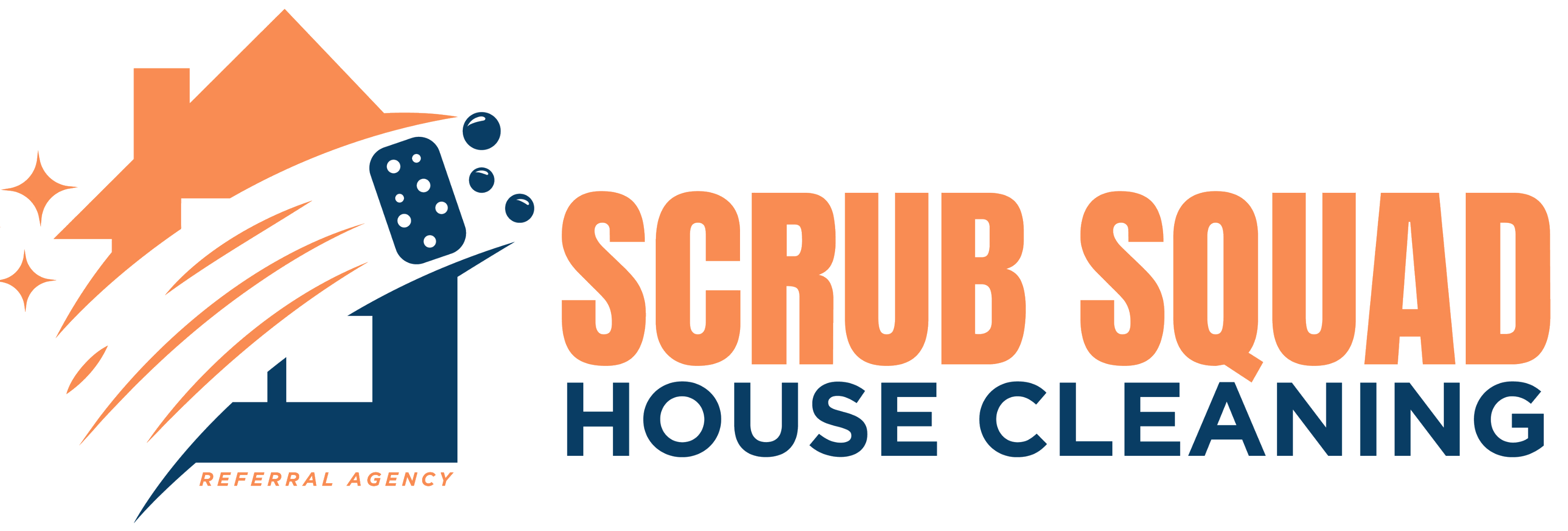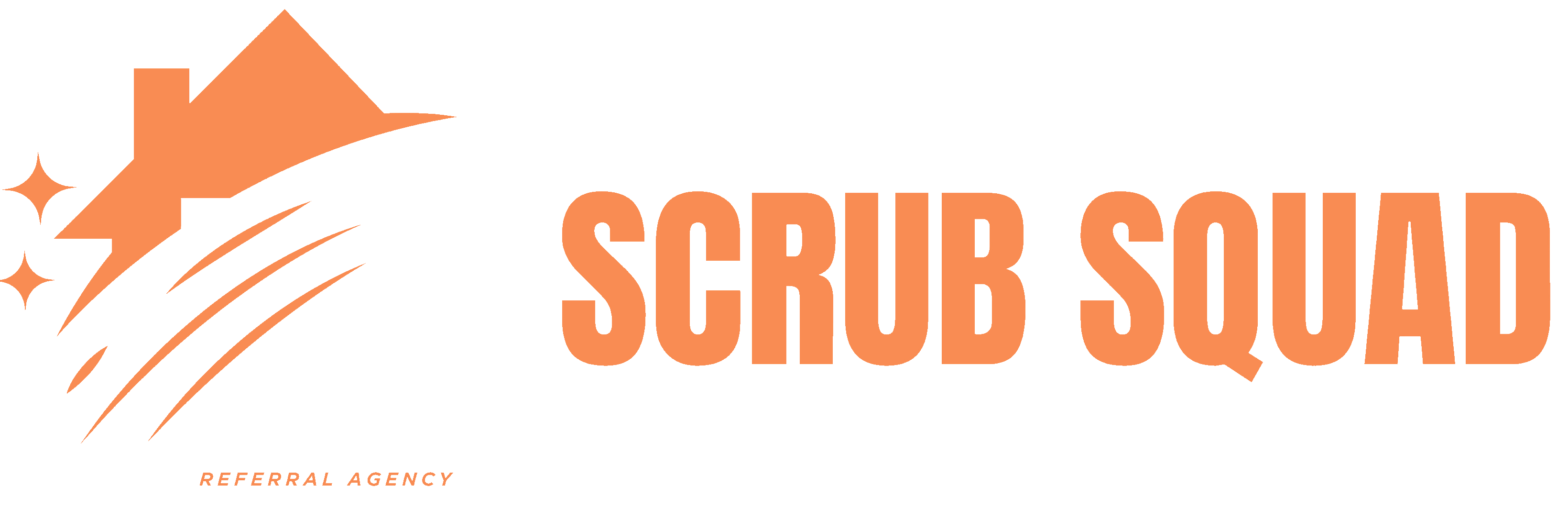Quality control in cleaning services is pivotal, impacting health, safety, and client satisfaction. Effective cleaning is crucial for disease prevention and creating safe environments. This article explores how to assess and elevate cleaning standards, ensuring top-notch quality for a healthier, safer, and more satisfying experience.
Understanding Quality Control in Cleaning Services
Ensuring high standards in cleaning services through quality control involves systematic procedures. It’s distinct from quality assurance, focusing more on specific actions like routine inspections and adherence to set protocols.
Key components include defining clear cleaning standards, staff training, performance monitoring, and using customer feedback for continuous improvement. This approach ensures a clean, safe environment and boosts customer satisfaction and trust in the service provider.
Assessing Cleaning Services
In the quest to maintain high standards in cleaning services, a systematic approach to assessment is crucial. This involves a blend of specific tools and techniques, clearly defined performance metrics, and regular evaluation methods.
To ensure high standards in cleaning services, a concise yet comprehensive assessment approach is essential. The table below succinctly outlines this approach, detailing the necessary tools and techniques, key performance indicators (KPIs), regular inspection practices, and feedback mechanisms. These elements combine to form an effective framework for evaluating and enhancing the quality of cleaning services, emphasizing continuous improvement and accountability.
| Aspect | Description |
|---|---|
| Tools and Techniques | – Use of checklists and audit forms. – Advanced digital tracking systems for detailed monitoring. |
| Key Performance Indicators (KPIs) | – Cleanliness levels. – Adherence to safety protocols. – Customer satisfaction. |
| Regular Inspections | – Ensuring consistent meeting of established KPIs. – Routine checks to monitor cleaning standards. |
| Feedback Mechanisms | – Surveys from clients to gauge satisfaction. – Regular meetings with cleaning staff for improvement. – Encouraging a culture of continuous improvement and accountability. |
Common Challenges in Maintaining Cleaning Standards
Maintaining high cleaning standards is often hindered by inconsistent service and a lack of trained staff. Inconsistencies in cleaning quality can arise from variable workloads or differing approaches among crew members.
Additionally, untrained staff may not employ effective cleaning techniques or adhere to safety standards. To combat these issues, implementing comprehensive training programs and consistent monitoring is essential.
These strategies ensure uniformity in service quality and elevate overall customer satisfaction, thereby enhancing the reputation of the cleaning service.
Improving Cleaning Services Through Training and Technology
Improving cleaning services hinges significantly on the dual pillars of staff training and the integration of technology. Training and development of cleaning staff are crucial as they not only enhance the skill set of the workforce but also ensure adherence to the latest cleaning standards and techniques, leading to increased efficiency and customer satisfaction.
On the other hand, leveraging technology, such as advanced cleaning equipment, tracking tools, and quality control software, can streamline the cleaning process, making it more efficient and effective. This can include anything from automated scheduling systems to the use of eco-friendly cleaning robots.
The effectiveness of combining training with technology is underscored by various case studies, where organizations have seen a marked improvement in the quality of their cleaning services, reflecting in higher client satisfaction and operational efficiency.
These examples serve as a testament to the transformative power of education and technological advancement in the realm of cleaning services.
Implementing a Quality Control System
Implementing a quality control system in cleaning services involves a series of strategic steps. Initially, it’s crucial to develop a clear plan that outlines specific quality standards, procedures for monitoring, and responsibilities.
This plan should be well-documented, ensuring that all protocols are recorded for accountability and transparency. Regularly reviewing and updating the quality control system is vital to accommodate changes in the industry standards or specific client needs.
This ongoing process ensures that the cleaning services not only meet but exceed quality expectations, adapting to new challenges and opportunities for improvement.
Implementing a Quality Control System in Cleaning Services
Implementing a quality control system in cleaning services is a pivotal step towards ensuring excellence in service delivery.
Developing a Comprehensive Plan
The first step in implementing a quality control system is to formulate a comprehensive plan. This plan should detail specific quality standards, procedures for monitoring these standards, and clearly define responsibilities across the team. This level of detail ensures everyone understands the expectations and how they will be measured.
By developing a structured system, cleaning services can enhance their reliability, customer satisfaction, and overall operational effectiveness.
Documentation for Accountability
Once the plan is in place, it’s essential to document all protocols. This documentation serves as a guide for the cleaning staff and a record for management. It ensures that every aspect of the service is performed to the established standards, providing a basis for accountability and transparency.
Regular Review and Updates
The cleaning industry is dynamic, with evolving standards and varying client needs. Therefore, it’s crucial to regularly review and update the quality control system. This process includes assessing the effectiveness of current practices, incorporating feedback, and making necessary adjustments.
Staying current with industry developments and client expectations is vital for maintaining high-quality service.
Adaptation and Improvement
A key aspect of a robust quality control system is its adaptability. The system should be flexible enough to accommodate new challenges and opportunities for improvement.
By continuously adapting and refining practices, cleaning services can not only meet but consistently exceed quality expectations, thereby enhancing their reputation and client satisfaction.
Commitment to Excellence
Ultimately, the implementation of a quality control system in cleaning services is an ongoing commitment to excellence. It’s about more than just maintaining standards; it’s about striving for continuous improvement and setting new benchmarks in quality and efficiency.
This commitment not only benefits the clients but also contributes to the overall growth and success of the cleaning service industry.
Engaging Customers and Staff in Quality Control
In the “Engaging Customers and Staff in Quality Control” section, we emphasize the critical role of customer feedback as a cornerstone of quality control in cleaning services. By actively soliciting and incorporating this feedback, businesses can directly address clients’ needs and expectations.
Equally important is the involvement of cleaning staff in quality improvement initiatives. Their firsthand experience and insights are invaluable for identifying areas of improvement and innovating solutions.
This collaborative approach fosters a culture of continuous improvement, where both customers and employees contribute to refining and elevating the standard of cleaning services. This dual-engagement strategy not only enhances service quality but also strengthens customer and employee satisfaction and loyalty.
Legal and Ethical Considerations
Understanding legal standards in cleaning and hygiene is crucial for any service provider. This includes adhering to health and safety regulations, using approved chemicals, and ensuring proper waste disposal. Equally important are ethical considerations.
Environmentally responsible practices, like using sustainable materials and minimizing waste, show a commitment to ecological stewardship. Fair labor practices, including fair wages, reasonable working hours, and safe working conditions, are essential in maintaining a motivated and efficient workforce.
Both legal adherence and ethical conduct not only ensure regulatory compliance but also enhance the reputation and reliability of cleaning services.
Conclusion
In conclusion, quality control in cleaning services is essential for safety, satisfaction, and sustainability. Investing in quality control brings long-term benefits like customer trust, operational efficiency, and cost-effectiveness.
A continuous commitment to improving quality standards elevates the entire industry, fostering a culture of excellence.
Therefore, cleaning service providers should see quality control as a core aspect of their operations, constantly aiming for higher standards to ensure a cleaner, safer, and more ethical future.


